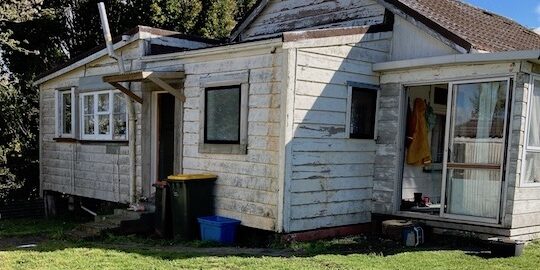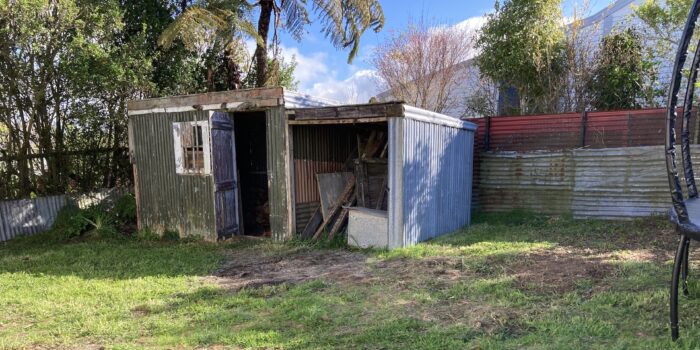How To Construct Your Portfolio
When talking about investing, the concept of portfolio goes often unmentioned. It is important to understand what it is though, so here’s how to construct your portfolio.
What is an investment portfolio
Investment portfolio is the combination of assets, or investments that you own.
Rather than putting a lot of weight on individual investment performance, it is important to look at the big picture, which is the portfolio performance.
This is because let’s say you have two investments, one is down to -4%, the other is up by 7%. If your portfolio is split 50/50 between these investments, your portfolio return is 1.5%.
So your portfolio is still in the green, despite one of your investments being in the red.
This is why we diversify.
Portfolio Theory
In the 1950s an American economist Harry Markowitz came up with Modern Portfolio Theory.
The gist of the theory is that you should be able to maximise your portfolio return at an acceptable risk level through diversification.
As a simplified example you have two investments in your portfolio and your money is split 50/50 between them. You are happy with the level of risk you are exposed to with these two investments.
The Modern Portfolio Theory suggests that by adjusting the investment split, you could get higher average return without increasing the risk.
To calculate this you need to know the variance of all your investments (how much their returns vary) and how all the investments correlate with each other (how they move compared to each other).
It can be a cumbersome calculation so I won’t show an example, but it can be done with Excel.
Here is a great 12 minute video on how to calculate this on Excel, or if not interested in how to do it, you can just skip to the 10 minute mark to see the graph that demonstrates how the theory works.
What are asset classes
As mentioned above, your portfolio consists of all the difference assets that you own.
There are many asset classes, all of them have their characteristics and a different effect on the overall performance of your portfolio.
The main ones are:
- shares (often split in domestic and foreign shares)
- bonds (can be split in domestic and foreign bonds)
- property (could possibly be split between residential and commercial, or physical and property shares)
- cash (for example, term deposits or savings)
- commodities (gold for example, this again can be physical or gold shares)
- derivatives (like options for example)
- alternative investments (for example crypto, NFTs or collectibles like art)
You would have run into this if you ever compared what different KiwiSaver funds invest in.
For example here you can see what different KiwiSaver funds BNZ has invest in. (By the way, fixed interest just means bonds.)
Under the “Target investment mix” you can see the words income asset and growth asset. Income asset is simply something that gives you regular income like dividends or interest, growth asset might not pay you but will grow in value over time.
The proportions of different asset classes you have in your portfolio determines the average return and risk of it.
Things to consider when constructing your portfolio
So what do you need to consider when deciding what to invest in?
Your risk profile first of all. How much risk is comfortable for you? This will determine the proportions of different asset classes you hold in your portfolio.
The next important consideration is time horizon.
This is how much time you have left before you want to use money out of your portfolio.
Anything 10+ years usually means you can take on as much risk as you personally would like to.
As you near the time you need the money however, you need to start being more conservative.
Ways to construct your portfolio
General rule of thumb
A general rule of thumb that floats around is that the portion of your portfolio that should be in shares can be calculated by subtracting your age from 100.
For me for example this would be 100 – 30 so 70% of my portfolio could be in shares.
Personally this is a low percentage for me and I’m comfortable with more risk than this.
But like mentioned, it is just a general rule of thumb, a place for you to start considering how to construct your portfolio.
Core-Satellite portfolio
The Core-Satellite method of constructing your portfolio considers cost, volatility and returns.
The idea is to have the main portion of your portfolio in a passive investment option (like a broad market index fund) to keep costs of the portfolio down and to track the market.
This could be 50% or up for example.
Then you will have smaller other investments, these could be individual shares or managed funds, alternative investments or anything else that you want.
The point of the satellites is to try to increase the average return of the portfolio to be above the mere market return.
This could mean riskier growth assets to increase returns, high dividend paying assets for income, or defensive assets that counter when the share market as a whole moves down.

What to do after constructing your portfolio
Investment portfolio isn’t something you can just set and then forget. Unfortunately.
As mentioned above, your risk profile or needs will change over time and the portfolio needs to be adjusted.
Beyond that, the value of your assets often move out of sync and without doing anything different the proportions will change.
As a simplified example, you have used the rule of thumb mentioned above and have 70% of your portfolio in shares and the remaining 30% in bonds.
After one year your shares have grown in value faster than your bonds and the split is now 75% and 25%.
If you want to keep the 70/30 split, you need to adjust your portfolio.
You can do this by either selling some of your shares or buying more bonds until you reach the desire proportions.
This doesn’t need to be done often, usually once a year is more than enough.
How much thought have you put into constructing your portfolio? I still have ways to go so would love to hear your thoughts in the comments!







